For UFO Hunters, the Owls Really Aren't What They Seem
"The owls are not what they seem."
This was the cryptic warning uttered by the Giant in Twin Peaks, echoing eerily throughout David Lynch and Mark Frost's surreal series. For illustrator and author Mike Clelland, though, these psychic pronouncements ring especially true. For the past decade, he has worked tirelessly to catalogue paranormal sightings of the fluffy avian predators.
As the self-described "owl guy" of the UFO world, Clelland has become the foremost writer theorizing a connection between owls and alien encounters. His book on the subject, The Messengers, is a collection of anecdotes from people who claim to have had paranormal experiences involving the ominous birds.
It all began after Clelland saw owls circling overhead for an entire hour during a 2006 camping trip. Familiar with a supposed UFO-owl link, Clelland intuitively felt there was something mystical, otherworldly, or even alien to the animals above. Moved by the events, Clelland eventually connected owl sightings to disturbing alien abduction experiences of his own, spurring him to post a call for any strange owl anecdotes on his website.
To his surprise, the stories streamed in, tying the birds to UFOs, abductions, "missing time," and other strange phenomena. Meanwhile, owls began to manifest themselves to Clelland "in a flurry of weirdness," for instance, appearing to hover at eye-level before fluttering away as he rode his bike through his small Idaho town. Now, he's collected thousands of accounts, with at least one landing in his inbox every day.
"That people are actually having experiences that imply contact with some sort of non-human intelligence is strange enough," Clelland writes in his book. "Adding owls into the mix makes it all the more bizarre. Like a performance on a stage, the owl is playing a small role in the grand drama. The part it plays is a riddle begging to be solved."
AFTER AN ENCOUNTERING AN OWL AT 4 AM, ONE OF CLELLAND'S CONTACTS SAYS HER CAR CAREENED OFF A BLUFF ON A MOUNTAIN HIGHWAY. SHE WAS UNINJURED, DESPITE THE AIR BAGS FAILING TO DEPLOY.
It would appear that Mike Clelland is not much closer to solving this riddle, though he has some ideas.
Conceding that his owl hypothesis is "way out beyond the boundaries of the UFO mainstream," he insists he's brought over some "stodgy folks" to his way of thinking after talks at conferences.
"I've had my own direct experiences, and some would call these UFO abductions," Clelland told Motherboard in a phone interview. "That's a term I use all the time, but it's not the right term, because it's stranger than that: it's more elusive, more mysterious."
Before the owls, Clelland's own experiences included waking at his small house in Maine, at the age of 30, to find a bright light flooding his bedroom and "five spindly aliens" standing in his yard, back-lit by a singular round shape. At first, he dismissed this as a dream, but it was unlike any dream he'd had before: extremely vivid, and accompanied by an uneasy feeling of distorted reality—an occurrence so common it's been dubbed the Oz Factor by UFOlogists. And it occurred again. And again.
Frenetically tumbling down this rabbit hole, Clelland expected to find a magazine article or two on the subject. Instead, he discovered a "bottomless pit of strangeness," where owls seemed to be "interwoven into the UFO experience" like a very thin thread. With his research, he felt he was tugging on that thread, and fell deeper down the rabbit-hole.
Strange stories within his book include the testimony of Ron Johnson, a regular UFO conference attendee who claimed to have had alien visitations at home, and who noticed a steady stream of guest owls by the porch of his mothers' house. One in particular would watch him as he left for work, and remain perched on the same branch when he returned later that day. Once, Johnson says, he felt an inexplicable desire to leave the house in the middle of the night, and when he did, found a four-foot-tall owl standing in his driveway, waiting to exchange stares.
These "impossibly large owls," as Clelland calls them, are a regular enough incidence: one unnamed contactee claimed to have seen a UFO and then, shortly afterwards, pulled over in his car, where he was greeted by a four-foot-tall owl with a wingspan large enough to encase the front of the vehicles' chassis, wing-mirror to wing-mirror. Clelland notes that even the very tallest owls should not be this tall.
And from the archives of UFO researcher and fellow owl enthusiast Håkan Blomqvist is a story from Sorbo, Sweden, in summer 1966. Two men travelling by moped pulled over for a bathroom break, and when they did, noticed an owl sitting on a post beside the road. Shortly afterwards, they claimed to have seen a large, silvery craft, hovering 150 meters above ground, and when it landed, there appeared to be movement by strange humanoid figures within.
Among the many anecdotes, Clelland tells me some of the most common experiences surround "missing time." Contactees stop to admire an owl, and when they're on their way again, they realise hours have passed. A theory is these owl appearances could be "screen memories"—psychically implanted visions where owls are merely disguised stand-ins, with hypnotic regression therapy later revealing something much weirder.
In fact, they're so common that according to Clelland, when he brought up the owl phenomenon to the late, veteran alien abduction researcher Budd Hopkins, he would roll his eyes and say that the stories are everywhere.
Not all of the reports in his book feature a supposed alien connection, although there are many of those. Some instead point to a seemingly un-graspable, mystical link, such as foreboding forewarnings, or personal spiritual awakening.
Clelland avoids concluding that owls are doing the bidding of aliens, though. "I don't think the UFO's occupants are pushing a little button and saying: 'Calling all owls, meet us at this spot to give this person a psychic experience'," he said. "I think it's happening in a much more mystical, overlapping way than that."
That mystical foreboding is found all over contemporary culture, and sometimes it features aliens, too. The enigmatic owls of Twin Peaks are theorized by some to have been influenced by an owl encounter in Whitley Strieber's influential alien abduction book, Communion. (Neither Mark Frost or David Lynch responded to a request for comment.) And Slaughterhouse Five's traumatized time-traveller Billy Pilgrim seemed to be warned by an owl when he was abducted suddenly by a flying saucer from the planet Tralfamadore.
Further back throughout history, many cultures have held up owls as creatures of spiritual significance, whether portents of doom and death, or symbolic of wealth and wisdom, as with Lakshmi's vahana, and Athena. There's the owl-like Goetic Great Prince of Hell, Stolas, who teaches astronomy and is knowledgeable about herbs, plants, and precious stones. In Deuteronomy, readers are instructed not to eat owls, and they're mentioned elsewhere in the Bible too. Native American cultures place numerous spiritual associations on owls, ranging from ill omens to prophecy, vision and insight, and protection.
Unless you're a rodent, though, their reputation as omens of death is perhaps unfair, says nature writer and author of the Hidden Lives of Owls, Leigh Calvez. Eating as many as 1,500 rodents a year, there's a strong case for owls helping to protect people from diseases like the plague.
"If we didn't have them, we would be in trouble," Calvez told Motherboard.
But she acknowledges that they do hold a mythic quality. In the introduction of her book, Calvez details the vast differences in perception—from owl feathers fastened to protective talismans in Mongolia to associations of material abundance for the Ainu in Japan. Calvez says that the shriek of a banshee could be attributed to barn owls, as they like to hunt in open spaces like graveyards at night. When you listen to their calls, the theory is convincing.
Even history's most infamous conquerors are not free from the influence of owls, with the hooting of the bird supposedly predicting the deaths of Julius Caesar and Augustus in ancient Rome. For Genghis Khan, though, an owl may have rescued him from pursuers. "The entire spectrum of human emotion is projected onto these creatures," adds Calvez.
Whatever their emperor-protecting or killing abilities, there's something captivating about these birds. Folklore and mysticism notwithstanding, they are remarkable creatures: with satellite-dish-like faces perfect for hunting by sound, and powerful, long, tubular eyes that are fixed in place, hence their swivelling heads.
Sadly, no ornithologists wanted to speak with Motherboard about Clelland's thesis, although one who did not wish to be named said that myths and folklore are directly linked to conservation: how we perceive these animals relates to how much we want to help them.
Given their unusual features, a skeptical view might be that owls, simply put, are weird. They often, but not always, have really big eyes, mostly appear at night, and make very strange sounds. A quick look at the birds without feathers demonstrates their gray-alien-esque qualities.
But is that enough to discount the missing time? The mystical associations, the sense of wondrous profundity provoked by these hugely symbolic creatures? Their archetypal qualities rooted in the collective unconscious... or something like that?
Whatever the case, Clelland says his appreciation of the birds has only grown. Although he may not be a great deal closer to solving his own personal owl puzzles, one thing's for sure: if you've got a Strigiformes story, he wants to hear it.
SUBSCRIBE TO THE VICE NEWSLETTER.
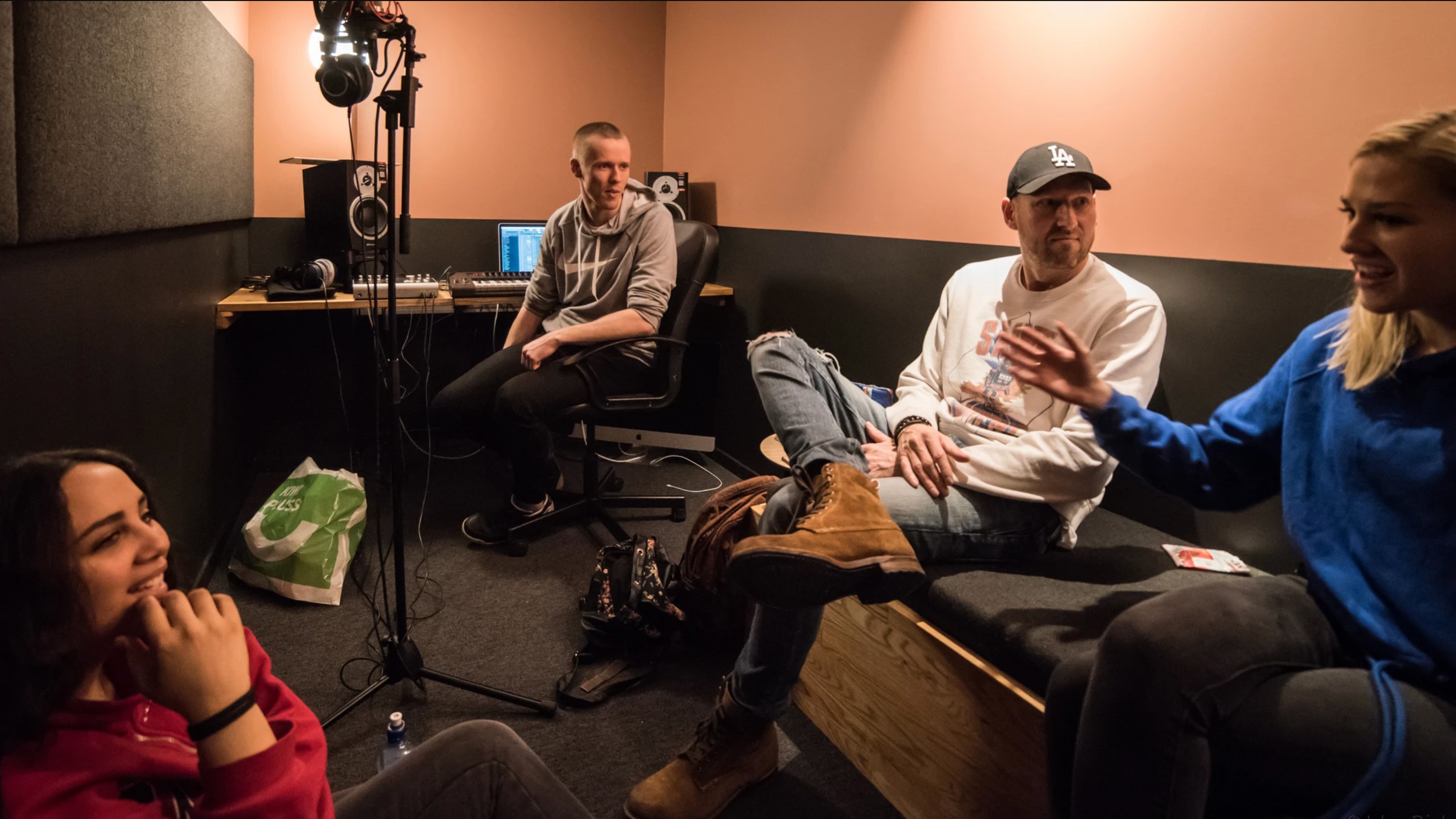
The moment the students enter the school, they are a part of the music industry
One of my favourite things about being an adult and having graduated from college is that I don’t have to go to school anymore. I no longer need to sit through seemingly endless lectures with boring professors and standard course material while I struggle to stay awake.
But what if there was a college where all this was turned upside-down? A place where you aren’t just there to get your diploma so you eventually can get a real job? A program where you are mentored by people who have worked with the likes of Beyoncé, Rihanna, and Justin Bieber? Enter: Lillehammer Institute of Music Production and Industries (Limpi).
For years, people have asked for a revolution in music education, and now it looks like that revolution has arrived. The way this Norwegian music college is designed makes going back to school sound downright appealing -at least if you dream of a career as an artist, producer or songwriter.
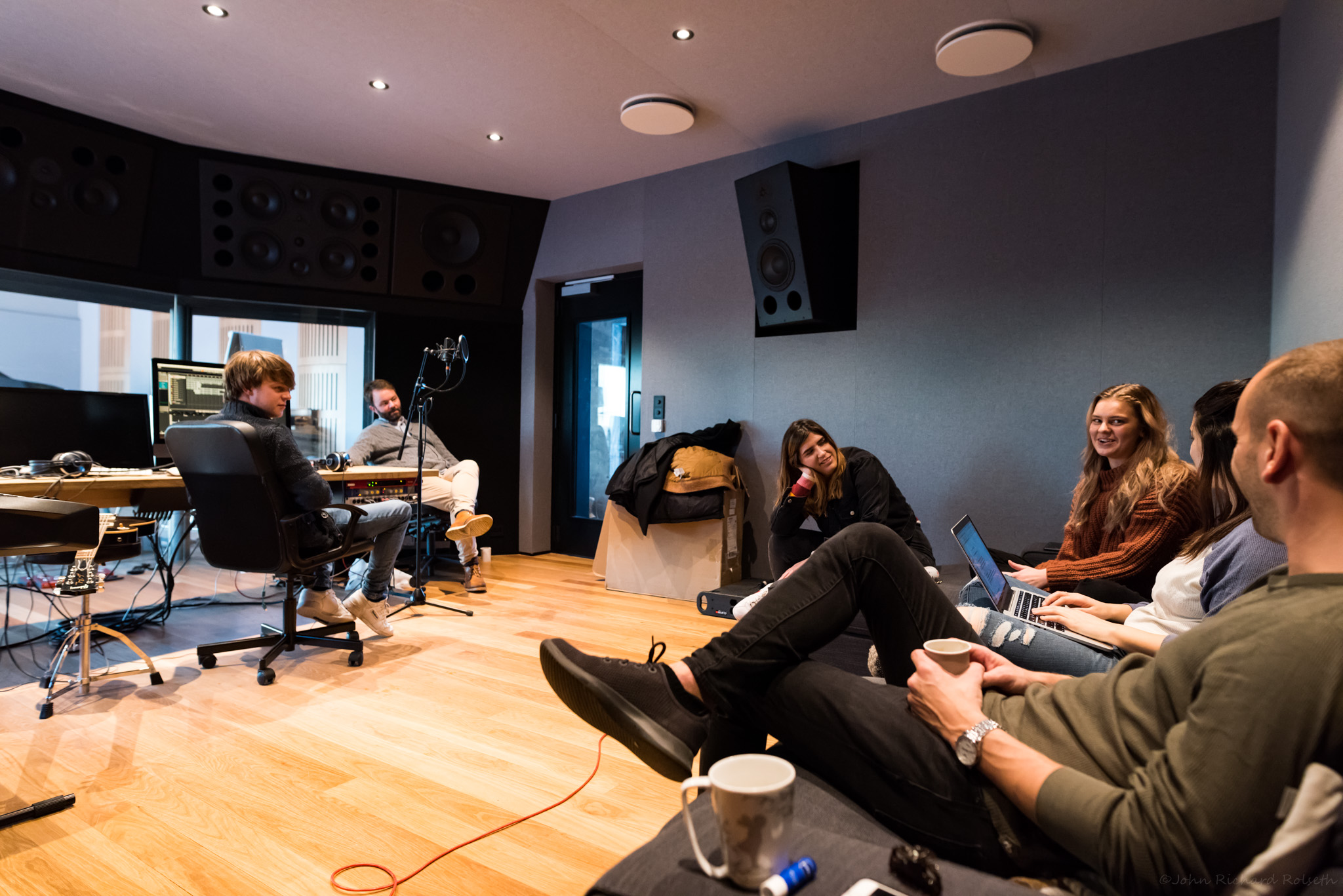
In this program, students are prepared for an international career in the music industry by working side by side with some of the best in the business. Students get to spend a year in the studio with some of the most successful professionals in the music industry instead of struggling through a traditional musical education in the classical sense of the word-pun most definitely intended.
The setup: 16 artists, 16 songwriters, and 16 producers are enrolled at a time and are paired with mentors recruited from the top of the music industry. Just check out this list of names: Grammy- winning producer Tor from Stargate (Katy Perry, Coldplay), Grammy-winning songwriter and recording artist Emily Warren, multi-platinum selling producer Fred Ball (Madonna, Rihanna), producer and songwriter Andreas Schuller (Justin Bieber, Dua Lipa), managing director of Sony Music Entertainment Norway Lena Midtveit, songwriter and producer Martin Sjølie (Sigrid, Nathan Sykes), songwriter Sarah Hudson (Katy Perry, Justin Biber, Nicki Minaj), artist and performer Kiesza and award-winning producer and songwriter Amund Bjørklund (Beyoncé, Bruno Mars).
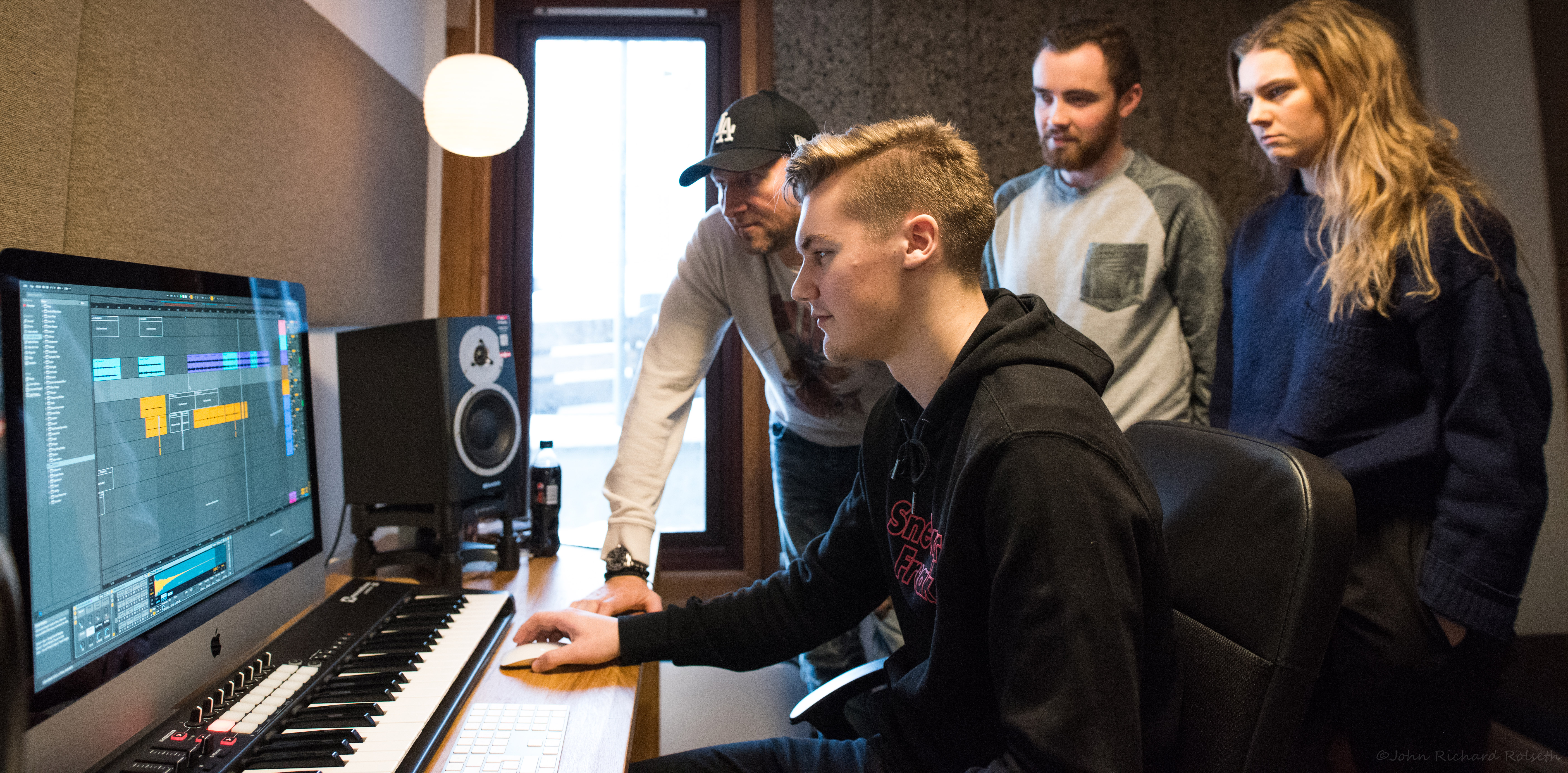
The moment the students enter the school, they are a part of the music industry.
Students work closely with their mentors on real musical projects, both in groups and through one-on-one feedback.
The first team of students at Limpi came from all over the world: USA, UK, The Netherlands, and Scandinavia, to name a few. They began their one-year-education last year, and their experiences give you an idea of just how radical this education is.
One of the assignments was creating a song for Sam Smith. After the students had completed the assignment, Tor from Stargate brought the three best songs to a session with Sam Smith. Take a minute to soak that in. They created a song in school and had a chance to have it pitched for Sam effing Smith. It definitely beats any half-assed college presentation I’ve ever done.
This is apparently the way things work at Limpi.
Through creative collaboration the mentors help students construct the foundation of a career in the music industry.
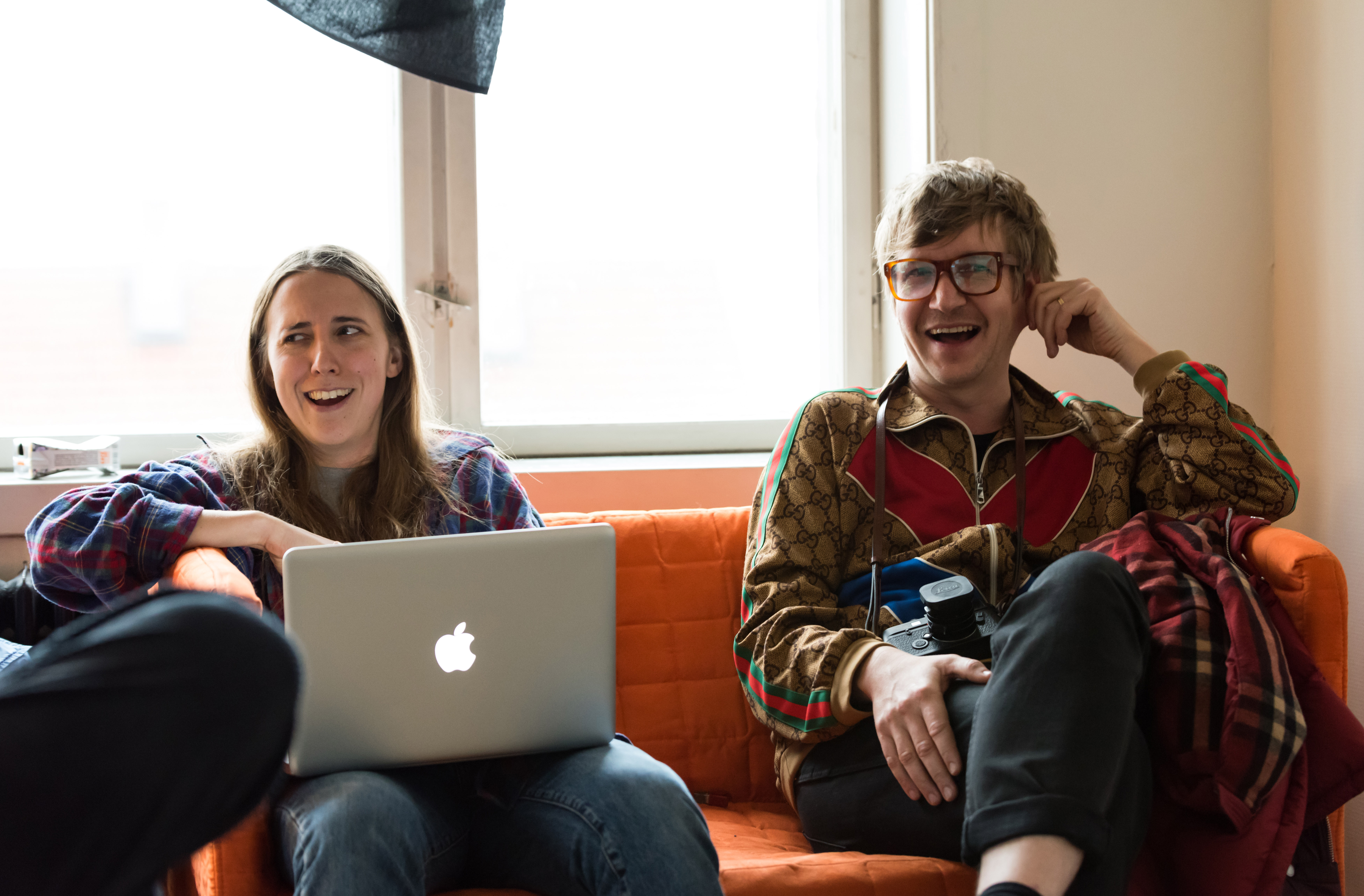
Producer and mentor Fred Ball explains how an education like this could have helped him:
“It was sometimes frustrating when I started out. I could do this great song, but had no idea how to get the right people to listen to it.” Getting the right people’s attention shouldn’t be a problem after people have graduated from Limpi, since they work with the right people on a daily basis.
In other words, if you already live and breathe music and want to spend a year working with the some of the biggest names in the music business, this seems like the place for you.
For more information about Lillehammer Institute of Music Production and Industries, please visit their website.
MORE
FROM VICE
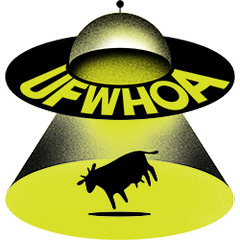


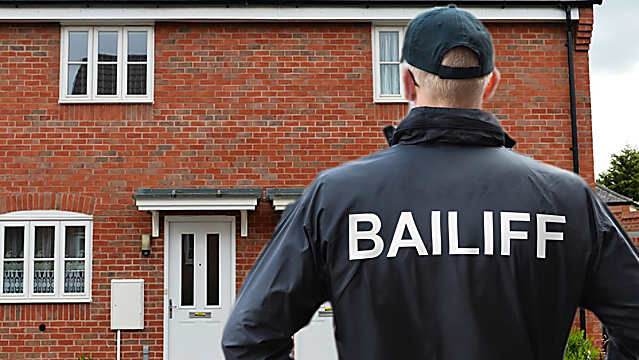
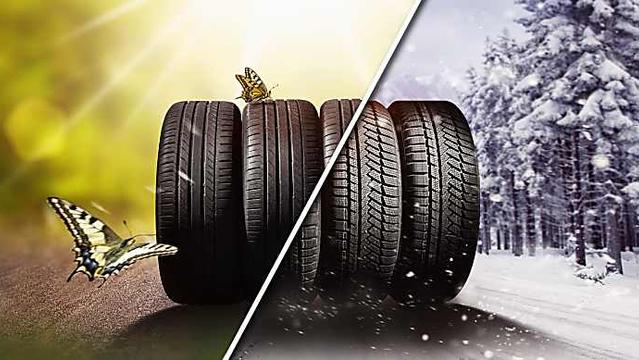





No comments:
Post a Comment